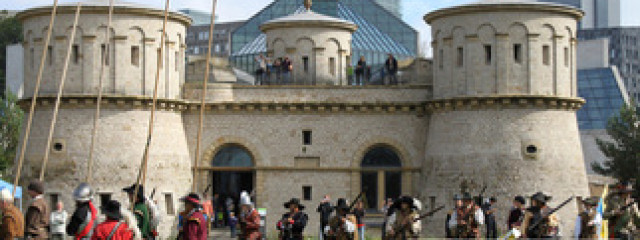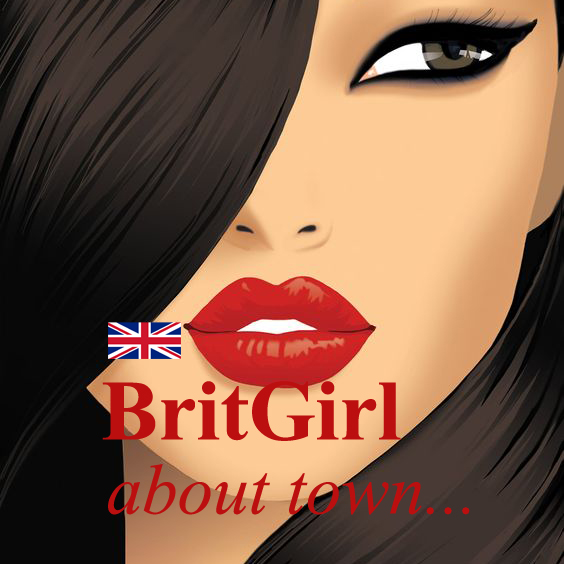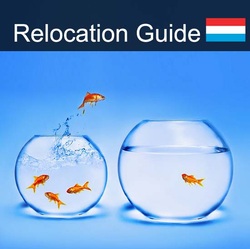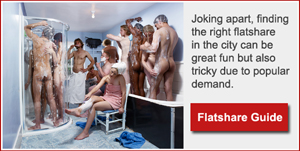Museums Luxembourg city
linked within 1 mile
MuseumSmile
‘In the city of Luxembourg, the seven museums present themselves under the symbol of the museumsmile due to the short walking distance between the different institutions. Even if it does not correspond exactly to the length of one mile, there is nevertheless the “smile” in the word that stands for the smile with which the visitor is welcomed when he enters one of these cultural institutions.
What can be seen in the 7 museums?
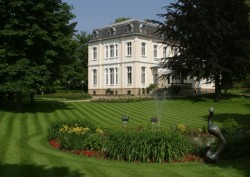 Villa Vauban (1), the Luxembourg City Art Museum, is situated in an urban villa from 1873 joined by a contemporary structure. The buildings are surrounded by a historical park. The collection’s focus lies on Dutch painting from the Golden Age (17th century) and 19th-century French history and landscape painting. The museum displays Old Master paintings in varying exhibition formats allowing to highlight different aspects of the artworks.
Villa Vauban (1), the Luxembourg City Art Museum, is situated in an urban villa from 1873 joined by a contemporary structure. The buildings are surrounded by a historical park. The collection’s focus lies on Dutch painting from the Golden Age (17th century) and 19th-century French history and landscape painting. The museum displays Old Master paintings in varying exhibition formats allowing to highlight different aspects of the artworks.
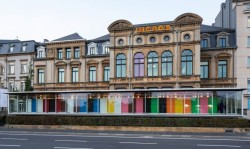 In its role as a contemporary art center, Casino Luxembourg (2) presents temporary exhibitions and organizes artist-in-residency programmes. The artist-in-residency programme is hosted in the so-called ‘Aquarium’, a steel and glass pavilion. It functions as an artist’s workshop and as an exhibition space.
In its role as a contemporary art center, Casino Luxembourg (2) presents temporary exhibitions and organizes artist-in-residency programmes. The artist-in-residency programme is hosted in the so-called ‘Aquarium’, a steel and glass pavilion. It functions as an artist’s workshop and as an exhibition space.
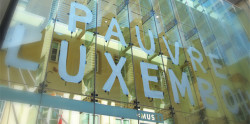 Situated right in the heart of the old part of the city, the History Museum of the City of Luxembourg (3) displays permanent collections as well as temporary exhibitions that in a very innovative way illustrate the history, spanning more than a thousand years, of the capital of the Grand Duchy of Luxembourg. (A panoramic lift passes through the entire height of the museum, showing the urban stratification of the city.)
Situated right in the heart of the old part of the city, the History Museum of the City of Luxembourg (3) displays permanent collections as well as temporary exhibitions that in a very innovative way illustrate the history, spanning more than a thousand years, of the capital of the Grand Duchy of Luxembourg. (A panoramic lift passes through the entire height of the museum, showing the urban stratification of the city.)
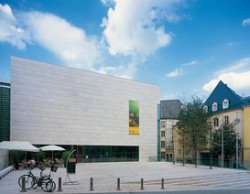 The National Museum for History and Fine Arts (4) houses the national archeology, history and Fine Arts collections. Visitors will be surprised once inside the museum which from outside does not real too much about itself except an enigmatic cube like facade. Once, inside the museum digs into the city foundations and visits decent through space and time to the ground floor walking along a spectacular staircase that goes deeper and deeper down.
The National Museum for History and Fine Arts (4) houses the national archeology, history and Fine Arts collections. Visitors will be surprised once inside the museum which from outside does not real too much about itself except an enigmatic cube like facade. Once, inside the museum digs into the city foundations and visits decent through space and time to the ground floor walking along a spectacular staircase that goes deeper and deeper down.
While having the largest natural history collections and contributing through scientific research to the Natural Heritage Conservation, the National Museum of Natural History (5) is also a cultural actor offering exhibitions and a program of very diversified activities.
 The Musée Dräi Eechelen (M3E) (6) covers the history and particularities of the fortress of Luxembourg, its influence to the development of the city of Luxembourg and the whole country, and the constitution of the Luxembourg nation. This is one of our personal favourites.
The Musée Dräi Eechelen (M3E) (6) covers the history and particularities of the fortress of Luxembourg, its influence to the development of the city of Luxembourg and the whole country, and the constitution of the Luxembourg nation. This is one of our personal favourites.
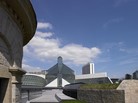 Mudam (7) is the foremost museum dedicated to contemporary art in Luxembourg and strives to be attentive to every discipline. Its collection and programme reflect current artistic trends and appreciate the emergence of new artistic practices on a national and international scale.
Mudam (7) is the foremost museum dedicated to contemporary art in Luxembourg and strives to be attentive to every discipline. Its collection and programme reflect current artistic trends and appreciate the emergence of new artistic practices on a national and international scale.
source: www.culture.lu
Good idea
Combine a visit to M3E with the UNESCO Wenzel tour, also known as ‘1000 years in a 100 minutes’ to get a real feel of the city’s breath-taking history. This will also include a visit to the very popular underground fortifications, the Casemate.
Good to know
Some people say that it is the variety and uniqueness of the seven cultural institutions strung out in a smile-like arc over the uneven topography that constitute the real attraction.
Museums mile

There are a surprising number of museums and art centres in the capital of Luxembourg. They can be linked up as points on a map covering just under a full mile.
Venue details
Loading map...

| opening hours |
|
| | |
| contact | A good point of contact is the Luxembourg City Tourist Office (LCTO) as they have a lot of information on the different museums +352 22 28 09 |
| | |
| location | city centre & kirchberg (7 museums within 1 mile) |
| | |
| website | www.museumsmile.lu/en | www.casion-luxembourg.lu/en www.mudam.lu/en | www.m3e.lu |
| | |
| entrance fee | the entrance fee to the different museums changes, some are free altogether. Check on the individual websites by clicking on the museum names. |


